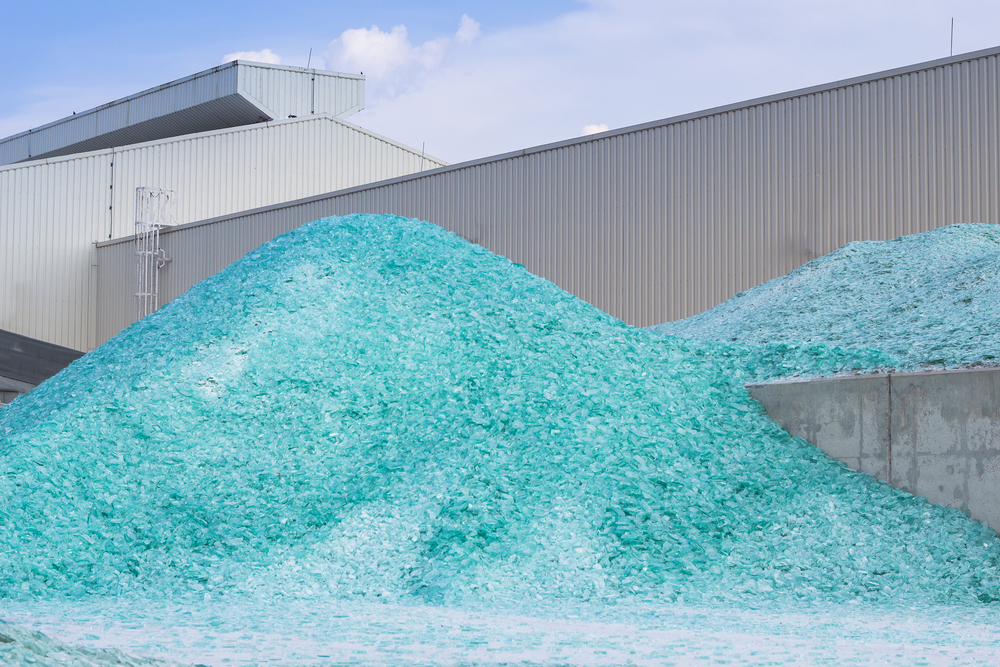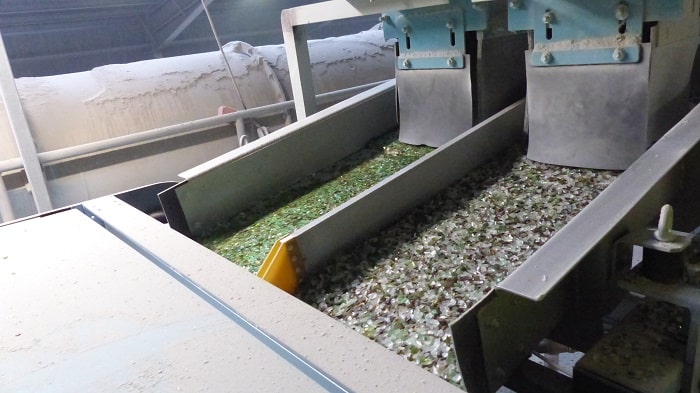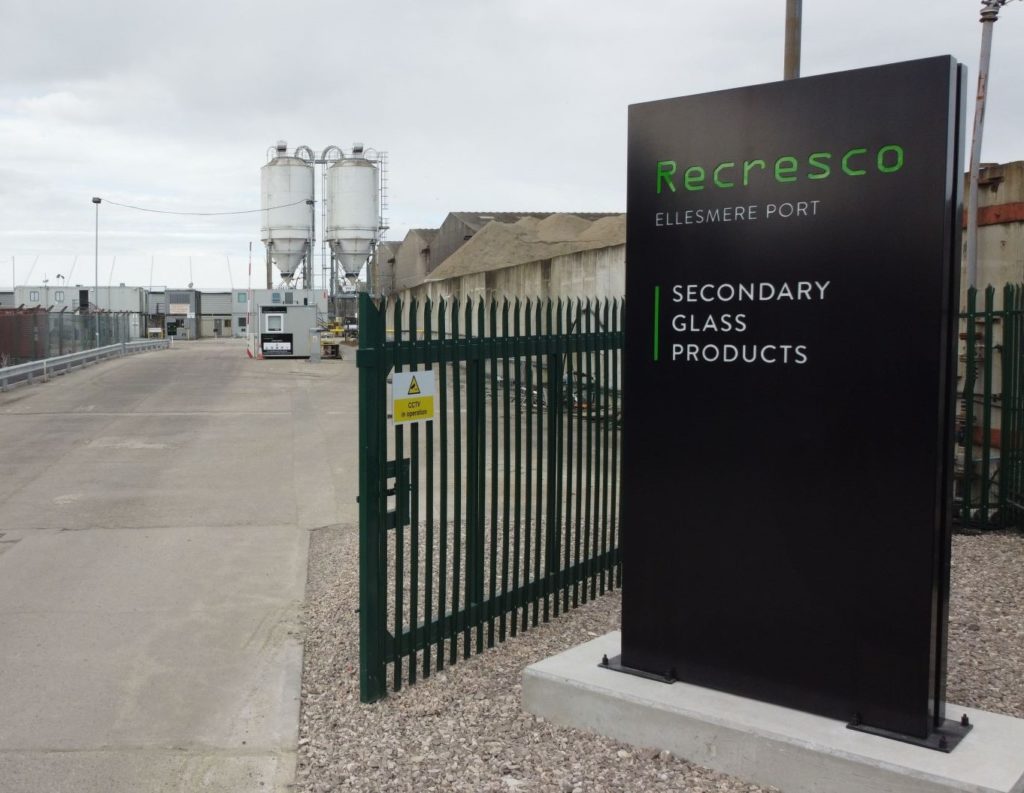The glass container industry trade association said there has “never been a more challenging time” for glass recycling.
For the UK to reach its target of recycling 60% of glass packaging by 2008, 1.4 million tonnes more glass needs to be recycled, it said. The industry has taken 25 years to reach the current level of 875,000 tonnes of recycling each year, British Glass said.
Released this week, the British Glass glass recycling report Towards Sustainable Development said that glass recycling needs to increase by at last 120,000 tonnes year on year until 2008.
Glass reprocessors have the capacity to recycle more than one million tonnes of glass each year using current technology, but in order to achieve this, British Glass said the scale of increases needed in collection infrastructure is “considerable”.
The report warns: “The UK will need to double the number of glass banks from 50,000 to 100,000. Collections from pubs and clubs will have to increase five-fold to 60,000 licensed premises. At the same time, the number of homes enjoying kerbside collection needs to increase from 4 million to 10 million.”
Local authorities
Speaking to letsrecycle.com, British Glass director of strategy and communications, Andy Hartley, said the trade association is urging more local authorities to collect glass separated at source.
Mr Hartley accepted that it is not councils' responsibility to collect glass separately – particularly since the Packaging Directive is producer responsibility legislation, and the packaging recycling targets are not for local authorities to achieve.
But, he said that many local authorities are currently paying for mixed glass to be taken away for recycling into aggregates. British Glass is urging these councils to see that they are effectively wasting money by doing so, as the glass container industry pays councils for their glass.
Mr Hartley explained: “Some councils are saying that by paying a company, say, 5 a tonne to take their mixed glass away, they are saving money from the Landfill Tax. But this is false – they are losing money, because the glass container industry would pay them for that glass, particularly if it is separated at source.”
The British Glass director said he was particularly concerned at local authorities who have chosen to replace colour-separated bring banks with bring banks for mixed glass. And, he said, some councils are now switching back to the colour-separated bring banks.
Councils can expect about 13 – 18 a tonne for their mixed glass at the moment, but for green glass prices are 16 – 22, for amber glass 24 – 28, and clear glass prices are about 27 – 31.
Mr Hartley said container manufacturers would like to see a greater price differential paid for separated glass compared to mixed glass to encourage councils to separate glass. But, he said that these prices were dependant on the price of virgin material and the energy costs saved by using recycled glass.
Increased commercial collections will mostly be mixed glass, because of a lack of space to sort glass on licensed premises, British Glass believes. The glass container industry is now working well with aggregates companies to give them excess green glass in exchange for clear glass, and Mr Hartley was keen to stress the importance of these alternative markets.
“We need both markets to expand – the container industry and aggregates – if we are to reach these targets,” he said.
Investment
Glass reprocessors are investing in more glass sorting technology, but machines can cost 600,000 each. New reprocessing capacity is also needed to reach 2008 targets, but while packaging waste recovery investments bring in about 9 million each year, this amount is unreliable because there is no guarantee that PRN prices will remain at any set level. And, when new glass reprocessing plants cost about 7 million each, Mr Hartley said much more investment is needed from the private sector.
But, this much-needed investment is now under threat from new carbon dioxide emissions trading measures, which come into force in January 2005. Because emissions trading measures are not being brought in equally across Europe, British Glass is concerned that rather than invest in UK glass recycling capacity, international parent companies will choose to invest in plants in other countries with lower emissions limits.
Although the energy used to make each tonne of glass containers in the UK is falling largely because of an increase in the amount of recycled glass used in the process, British Glass fears the government will not take account of the 50% drop in energy consumption the sector has achieved since 1979.
The organisation is now lobbying government to urge them to give glass recyclers sufficient emissions trading allowances to enable the much-needed growth in recycling.
A full copy of the Glass Recycling Report 2004, Towards Sustainable Development, is available on the British Glass website.









Subscribe for free